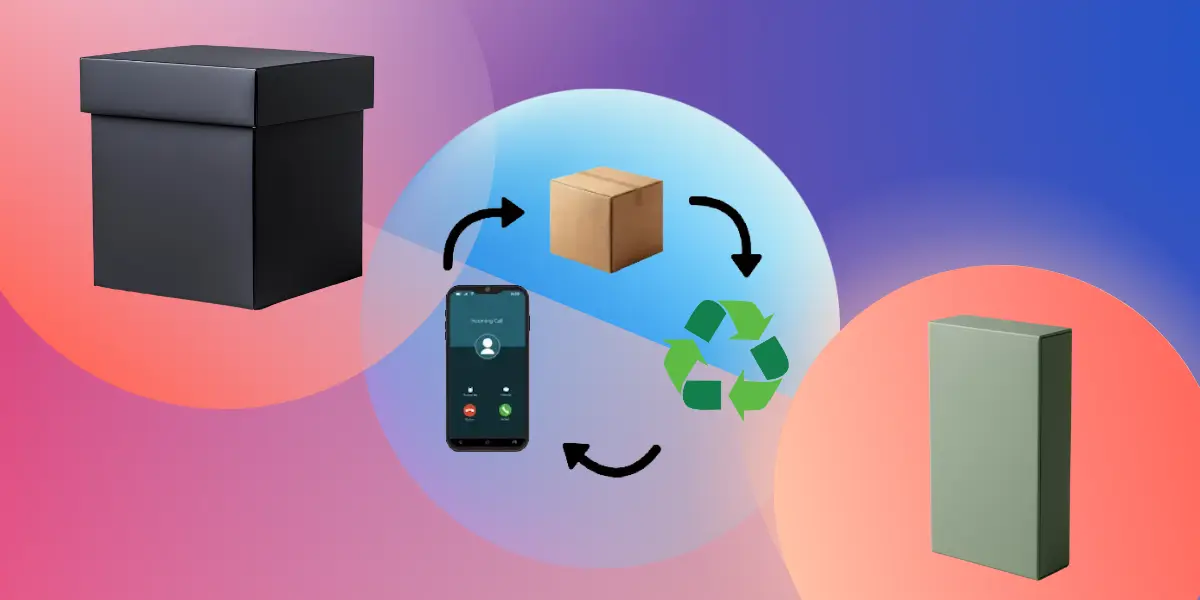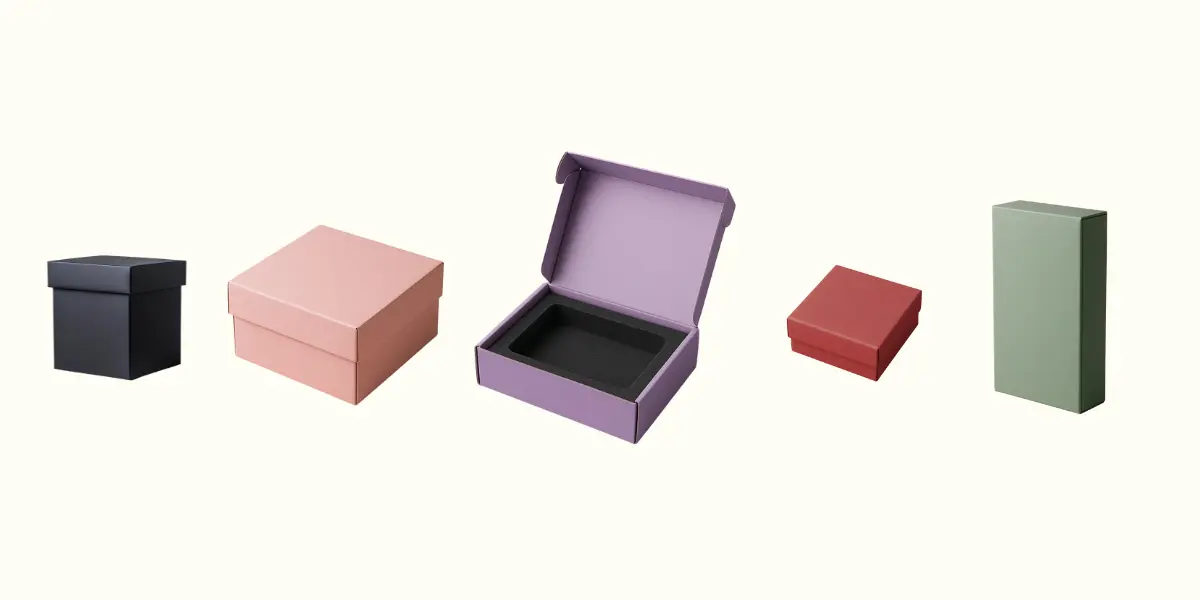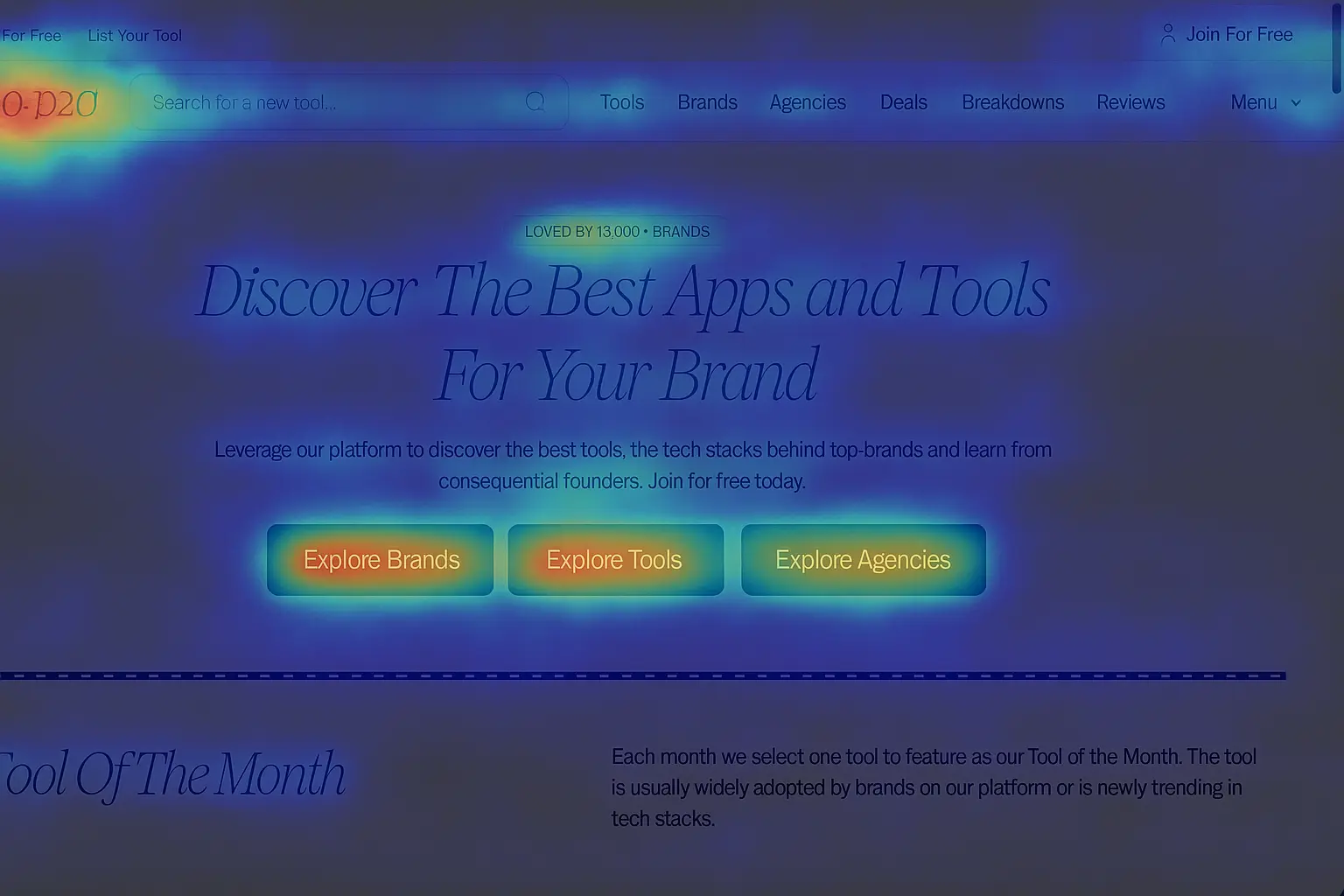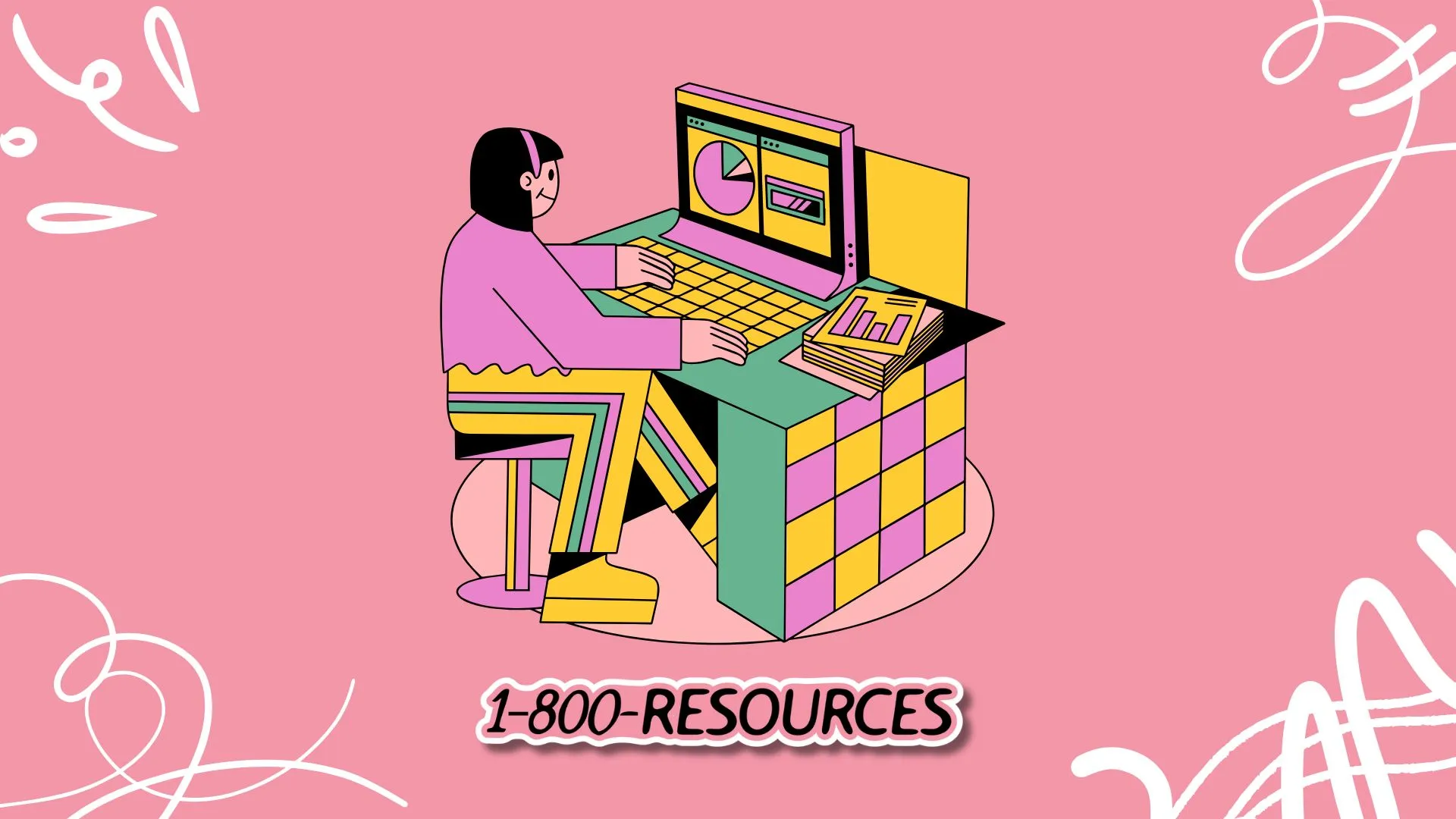
E-commerce is all about speed. But in 2025, it’s shaped by how efficiently and responsibly products reach consumers; allowing for an additional touchpoint to garner their audience's trust. As online retail matures, packaging has become another tactic, connecting operational efficiency, sustainability, and brand experience.
The market's current e-commerce packaging decisions reflect a wider transformation in consumer priorities. Convenience still matters, sure, but shoppers now weigh sustainability, shipping cost, and reliability more heavily than delivery time. This shift is reshaping fulfillment models and your pipeline should follow suit.
The market’s momentum highlights the change: the global e-commerce packaging sector is projected to exceed $73 billion by 2028, expanding at a compound annual growth rate near 10%. Corrugated cardboard alone accounts for over 80% of packaging materials, which means it's still critical for e-commerce shipping. However, innovation in fit-to-size and eco-materials is redefining what “the box” means in 2025 and beyond.
In this evolving landscape, you can use packaging as an additional marketing vertical. You can use it a signal of brand intent, a measure of environmental responsibility, and a core enabler of logistical performance. How you decide to adapt and mold your packaging to your product can help further define your brand in this hyper-competitive e-commerce market space.
[cta-btn title="Build Your Brand And Become A Member" link="/membership-pricing"]

As e-commerce fulfillment becomes more automated, packaging design is adapting to align with the capabilities (and limitations) of robots. The shift toward squared-off, rigid packaging reflects a new design logic: geometry now drives efficiency.
Automation has ushered in a new aesthetic of practicality. Square and rectangular packages dominate because they move better through automated systems. Plus, for operators, this format is easier to stack and handle. Robots equipped with suction-based grippers can lift boxes with precision, but struggle with flexible or irregular shapes. As a result, “squarification” has become the rule to assist with warehouse and shipping solutions. This trend is mirrored across primary and secondary packaging types. Products once sold in soft pouches or curved containers are now appearing in compact, angular designs that fit warehouse setups.
The next phase of efficiency is SIOC: products shipped directly in their own containers, without the need for an extra box. This approach merges primary and secondary packaging, reducing material waste and manual handling.
Everyday goods like pet food, laundry detergent, and even wine are increasingly packed in square, durable containers that double as both primary and shipping packaging. These formats fit perfectly into automated lines, reduce the chance of damage in transit, and help brands cut down on excess material.
Squaring packaging is good for the environment. Each layer of packaging that gets removed means fewer emissions and lower costs per shipment. For retailers balancing speed, automation, and environmental goals, the squared-off, self-shipping box has become the most efficient way forward into 2025 and beyond.
[single-inline-tool]
Every inch of empty space in a box costs money and emissions. That’s why “fit-to-size” packaging has become one of the most important innovations in e-commerce logistics. Instead of relying on a limited set of standard box sizes, automated systems now scan each product, calculate its dimensions, and build a perfectly sized container on demand.
This precision pays off and leads to smaller boxes, which translates to lower dimensional weight (DIM) fees, fewer fillers, and better use of space on trucks and pallets. For high-volume retailers, those savings add up fast by reducing costs and cutting carbon. As shipping networks grow denser, packaging that fits tighter helps every mile go just that much further.
Rightsizing also reduces the need for plastic void fill and over-boxing, helping brands meet increasingly strict sustainability goals. As consumers pay closer attention to packaging waste, right-sized parcels send a clear message: efficiency and environmental responsibility can partner for a better product.
In contemporary e-commerce, the unboxing moment has become a monumental point in the consumer journey. It’s the first tangible interaction between a brand and its customer. This is where your "prime" the consumer and can set the tone for the entire experience. As retailers consolidate multi-item orders and ship from store inventory, packaging must now operate with two roles: protecting the product and further portraying the brand's voice.
Packaging shapes perception. Flat surfaces and squared edges give designers more real estate for logos, color blocks, and product storytelling (think Apple). But subtle changes in form can also influence perceived value. Research shows that consumers often associate tall, slender packaging with premium quality and shorter, squatter shapes with lower value.
That tension was on full display during Tropicana’s 2024 redesign. When the brand switched from its signature curvy bottle to a more rectangular format, customers interpreted the change as a sign of shrinkflation. even though the price dropped accordingly. It’s a clear reminder that visual cues can drive potent emotional responses, for better or worse.
The future of packaging design lies in balance and at the point where form meets function without compromise. Brands must prioritize durability and sustainability while keeping the aesthetic experience intact. Rushed redesigns risk alienating loyal customers, especially when changes appear cost-driven rather than purposeful.
Even A/B split testing packaging formats remains critical in 2025. A shape or material that performs well in a fulfillment center may not resonate on a kitchen counter or in a social media unboxing. The most successful brands use consumer testing and A/B experimentation to validate every design shift before rolling it out at scale. In a market where packaging is both an engineering challenge and a storytelling opportunity, the brands that factor the aforementioned into account, win big.
North America continues to lead in packaging automation, due to its current infrastructure and high fulfillment volumes. But, Asia-Pacific shows the fastest acceleration, fueled by e-commerce expansion in China, India, and Southeast Asia, where automation and sustainable materials are scaling simultaneously to account for industry growth and the need to reduce regional pollutants.
Adoption remains limited by high upfront investment, integration hurdles with older warehouse systems, and dependence on complex technologies. Many brands also face growing pressure to verify sustainability claims amid evolving environmental standards.
The next era of e-commerce packaging is about what ships and what signals. Intelligence meets circularity, and design minimalism becomes the new pathway to luxury.
By 2030, packaging will function less like a container and more like an ecosystem: as its molded organically with information, purpose, and intent. The brands that build for that reality will ship products that survive the test of time.
[inline-cta title="Discover More With Our Resources" link="/resources"]

Shipfusion is the ultimate partner for rapidly scaling DTC brands. With 99.97% SLAs and 97.9% retention, kiss fulfillment headaches farewell for good.



